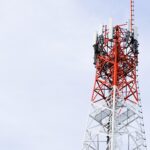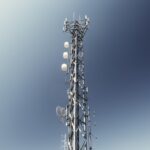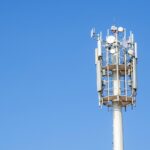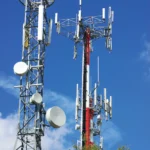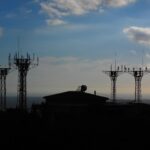The wireless industry typically introduces a new generation of technology every five years, bringing improved performance and infrastructure. Currently, 4G is the standard, providing fast data speeds on devices like iPhones and Samsung Galaxies. However, real-world speeds are often slower than the technology’s theoretical potential demonstrated in lab tests.
The next evolution is 5G, which promises broadband-like speeds for mobile devices, similar to WiFi. As of late 2017, 5G is still in the testing phase, with major carriers such as Verizon, AT&T, and T-Mobile conducting trials in selected cities to assess its compatibility with existing networks. Since 5G operates on new frequency bands, current smartphones are not compatible with the technology, meaning users will need to upgrade to newer models to access 5G speeds.
One significant difference with 5G is its use of higher frequencies, which, while enabling faster speeds, are more prone to signal loss over distance and obstacles. As a result, 5G cannot simply be added to existing cell towers. Instead, the focus will be on deploying smaller equipment in high-density urban areas to manage the increased data traffic. This means that while urban areas will see reduced reliance on traditional cell towers, rural areas will still rely on older infrastructure.
For landlords, this shift to 5G may impact revenue. In areas where 5G is deployed, carriers may prioritize smaller, more cost-effective equipment, reducing the need for traditional cell sites. This could result in lower lease payments for cell towers. While this change won’t happen immediately, it’s important to consider how the rollout of 5G may affect lease agreements in the future.
For guidance on how 5G might impact your property and lease, Contact CellWaves. We can help you navigate these changes and ensure you’re prepared.

